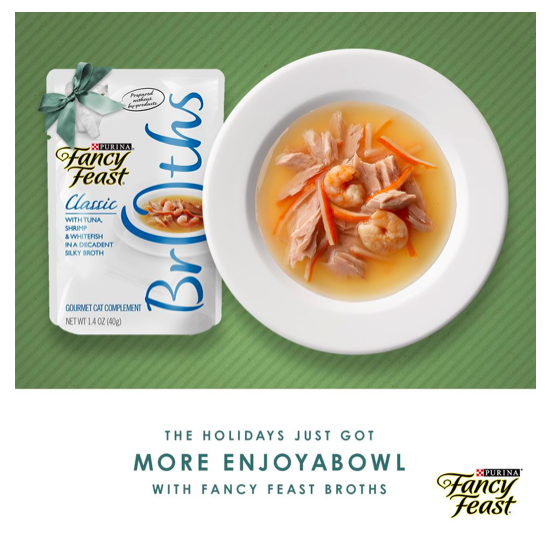People Food

The CODE-X series catalogs a vast codex of source codes (aka “signs”) extracted from past audits.
The object of study in semiotics is not the signs but rather a general theory of signification; the goal of each “audit” is to build a model demonstrating how meaning is produced and received within a category or cultural territory. Signs on their own, therefore, only become truly revelatory and useful once we’ve sorted them into thematic complexes, and the complexes into codes, and the codes into a meaning map. We call this process “thick description”; the Code-X series is thin description.

“PEOPLE FOOD” NORM: “Human-grade” pet food is a major trend — the phrase suggests that every ingredient in the product — and every processing method — meets FDA and USDA requirements for producing, processing and transporting foods suitable for consumption by humans. Though few pet foods actually meet this standard, PEOPLE FOOD coding suggests as much while promising nothing..

“PEOPLE FOOD” FORMS: Pet food presented in people-food contexts: china plates and bowls, table settings, kitchens and dining rooms, cutting boards with meat and vegetables, etc.
From a 2016 audit of the Pet Food category.

